NURS3101: Emergency Management of Adult Smoke Inhalation Injuries
VerifiedAdded on 2022/11/29
|17
|1694
|129
Presentation
AI Summary
This presentation provides a detailed exploration of adult smoke inhalation injuries, focusing on emergency management within a nursing context. It begins with an overview of the injuries caused by inhaling harmful gases, differentiating between chemical, thermal, and systemic injuries, and highlighting the high mortality rates associated with this condition. The presentation delves into the causes and epidemiology of smoke inhalation injuries, including chemical irritation, asphyxiation, and their impact on vulnerable populations. Pathophysiology is discussed, covering upper and lower airway injuries, pulmonary damage, and systemic toxicity. Assessment methods, including observation, clinical testing, physical examinations, and blood tests, are examined, along with diagnostic tools like fiber optic bronchoscopy and computerized chest tomography. The presentation outlines nursing interventions, such as bronchodilators, intubation, and beta2-agonists, and emphasizes the importance of humidified oxygen, emotional support, and fluid resuscitation. The rationale behind each intervention is also explained, providing a thorough understanding of the management strategies. The presentation concludes by emphasizing the importance of early intervention and comprehensive care in improving patient outcomes. The presentation is a part of the NURS3101 course and provides a comprehensive understanding of the topic.
1 out of 17
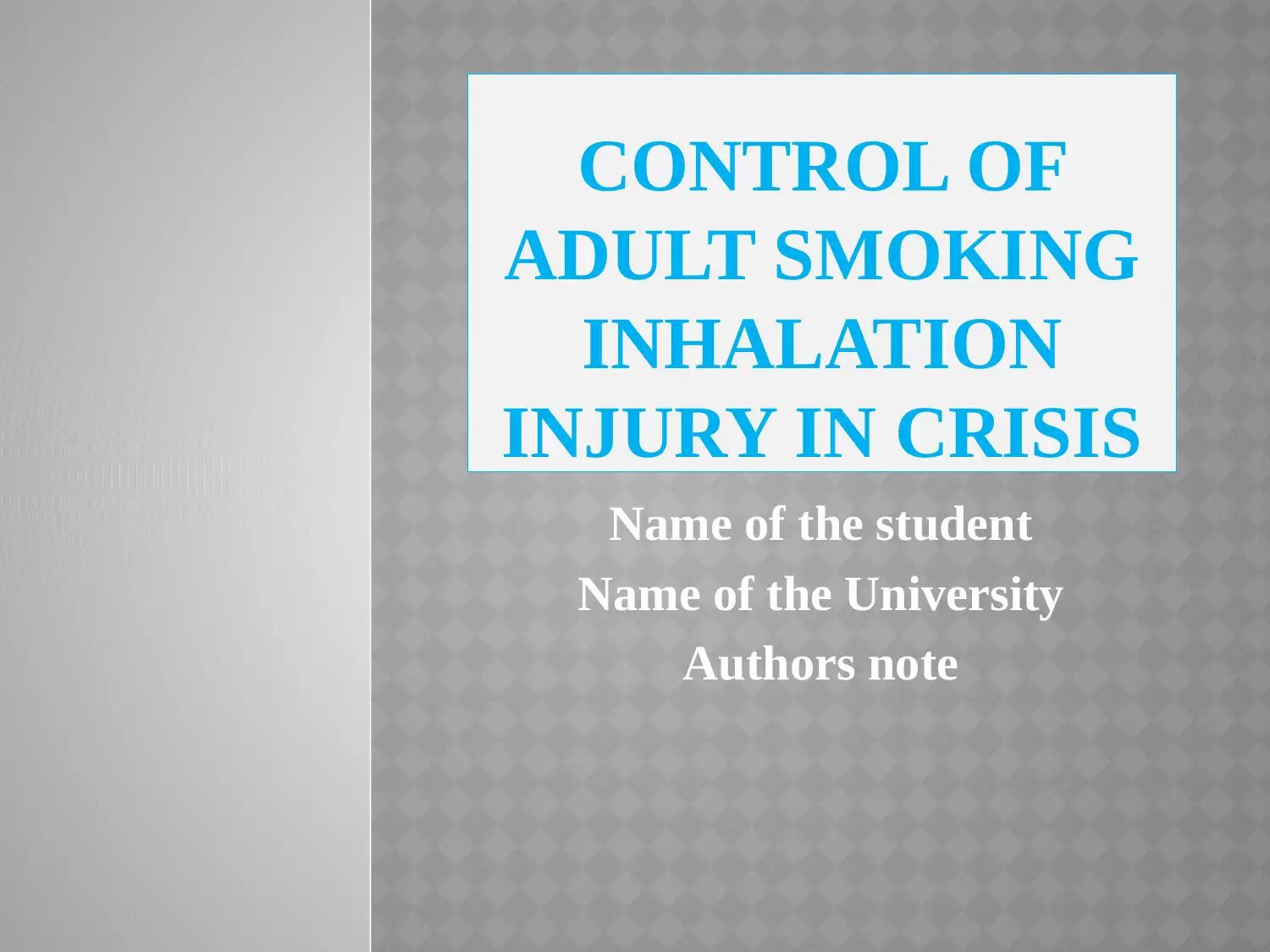
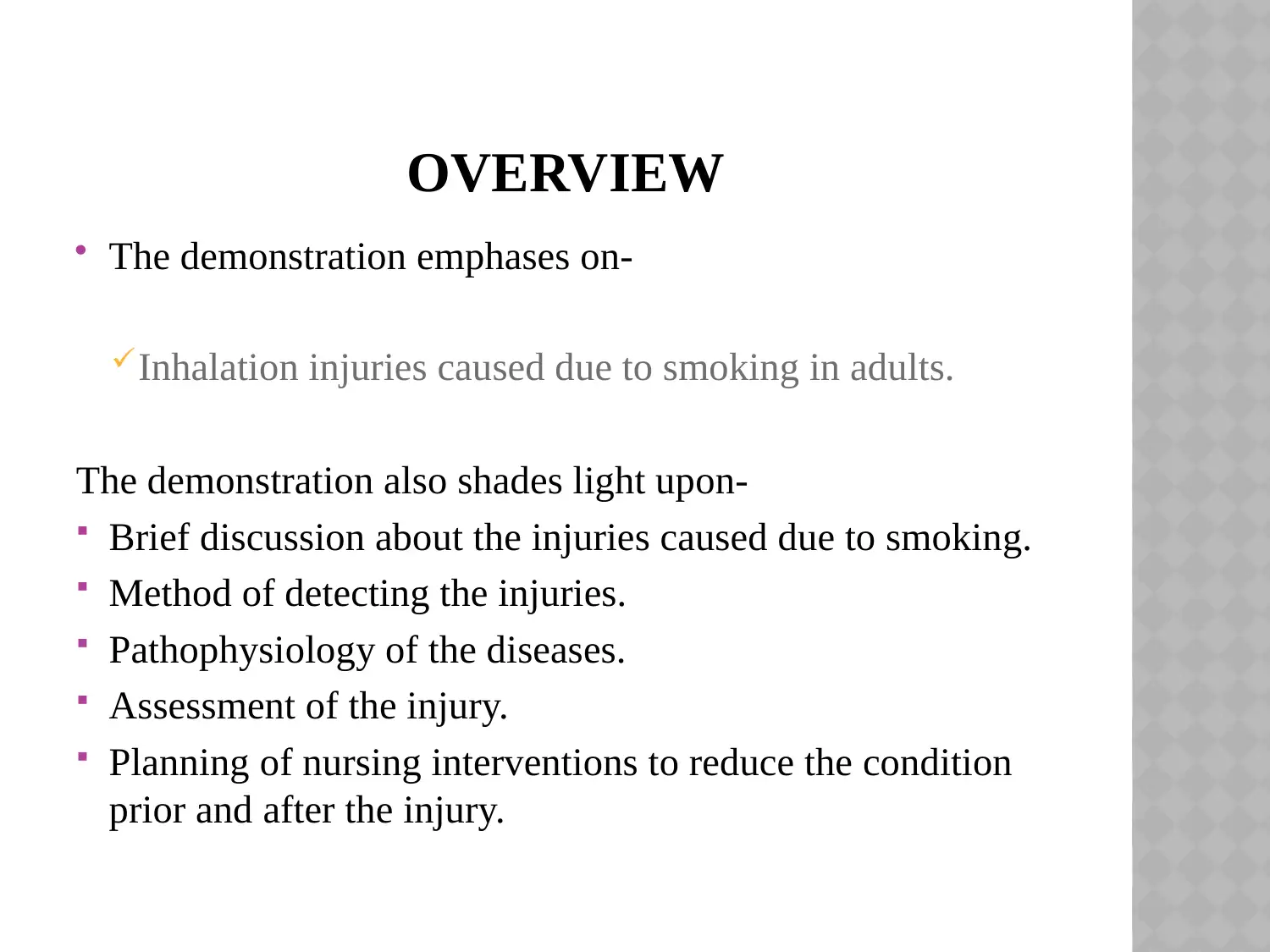
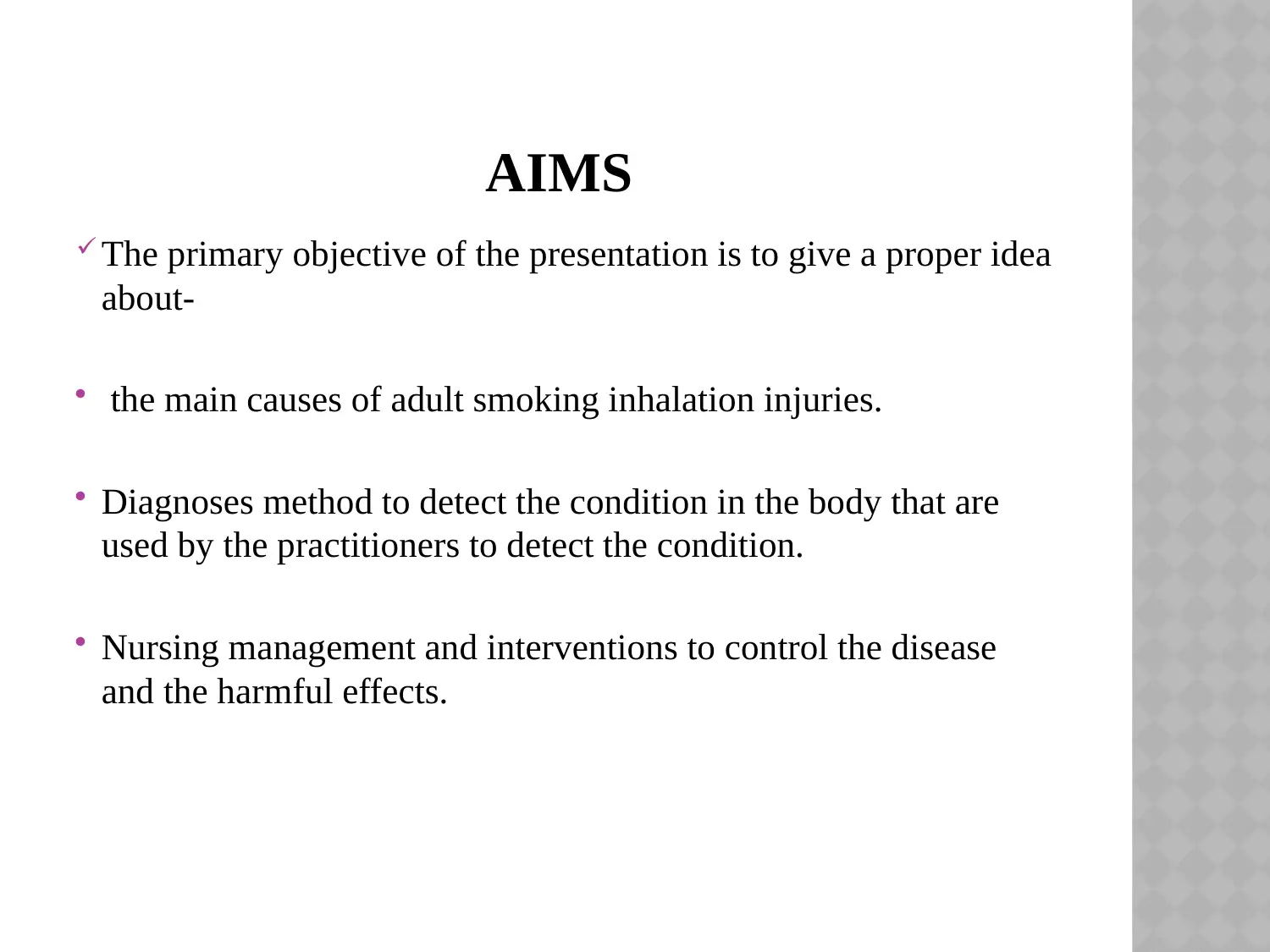

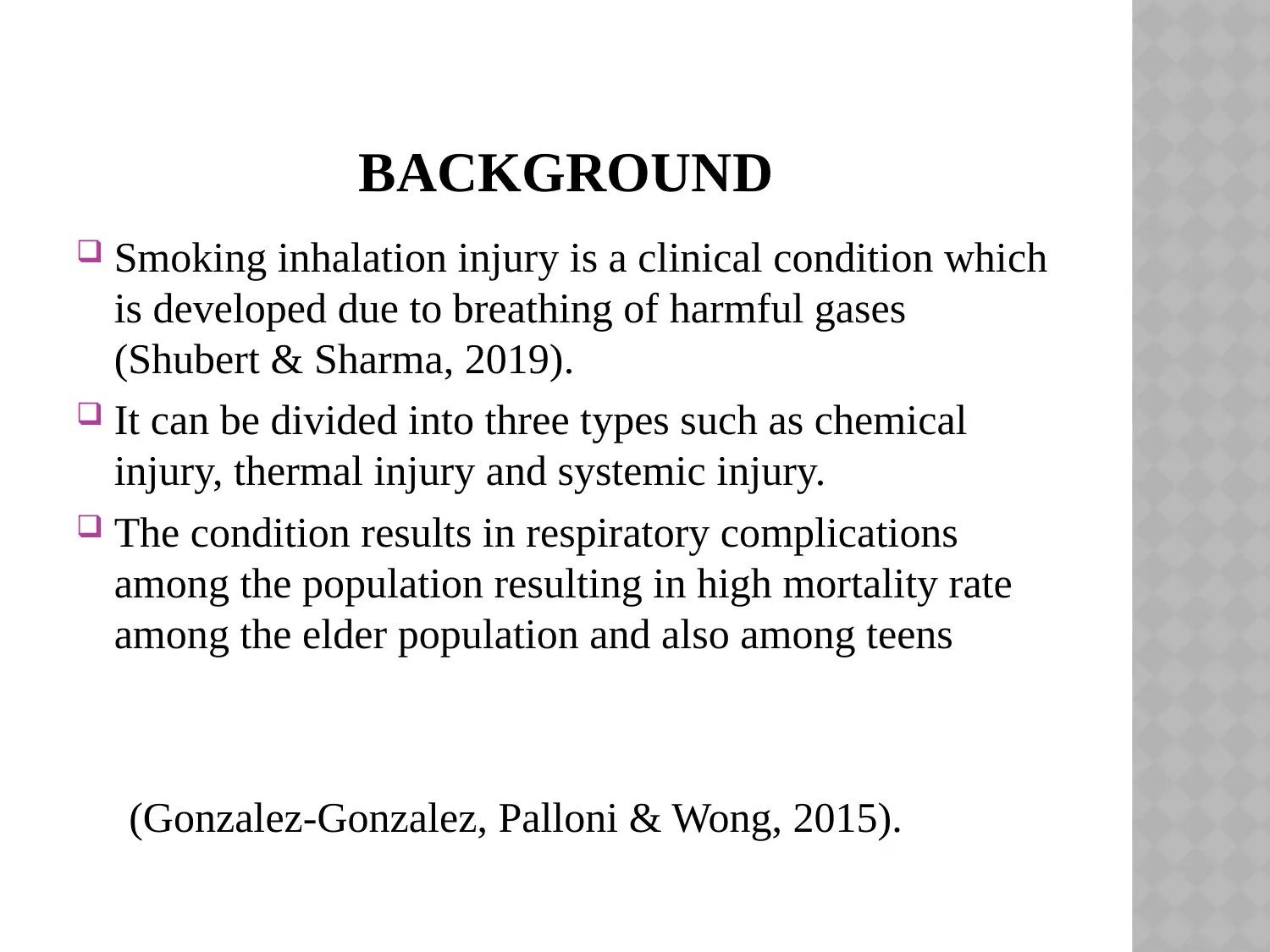
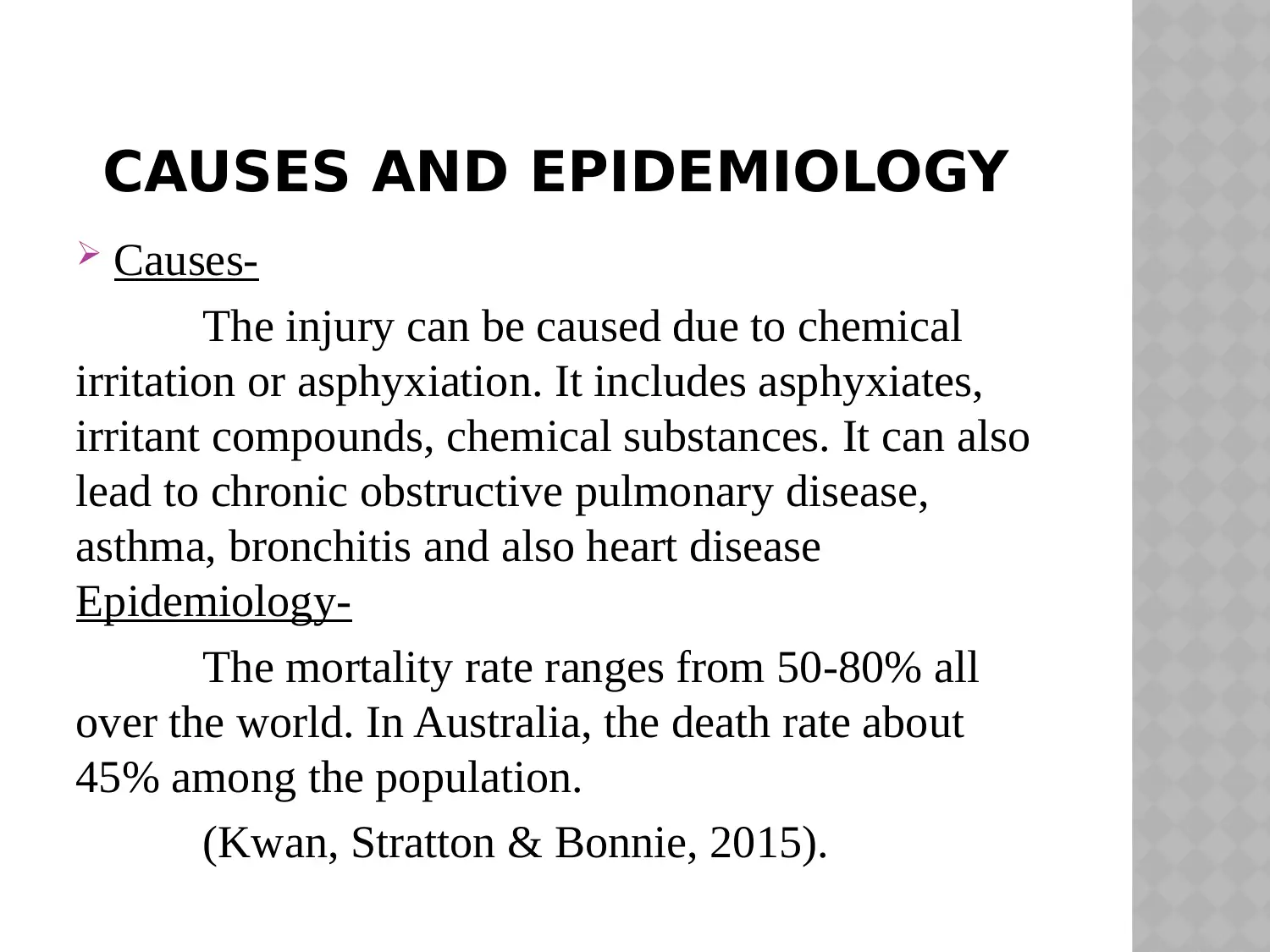
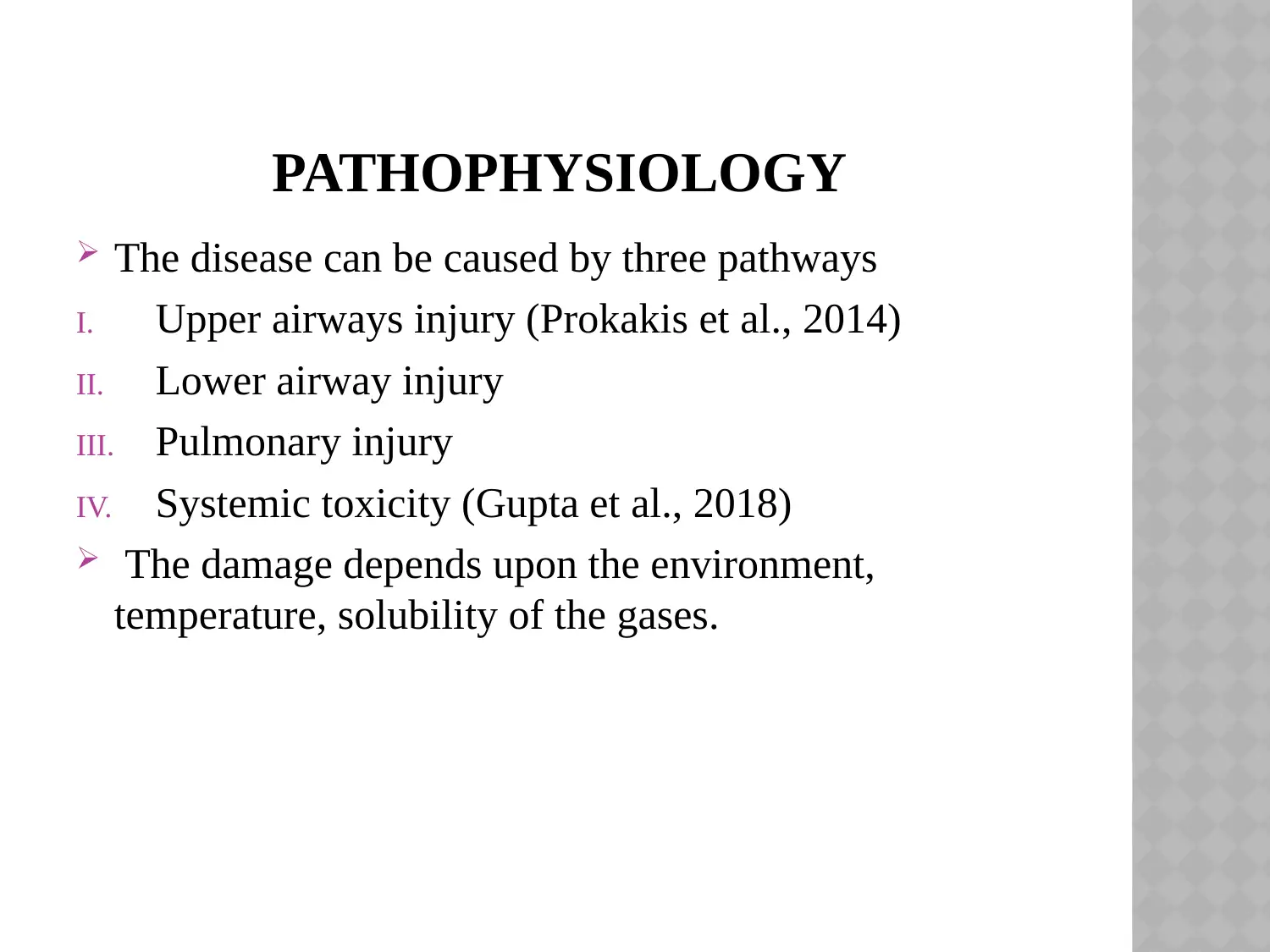
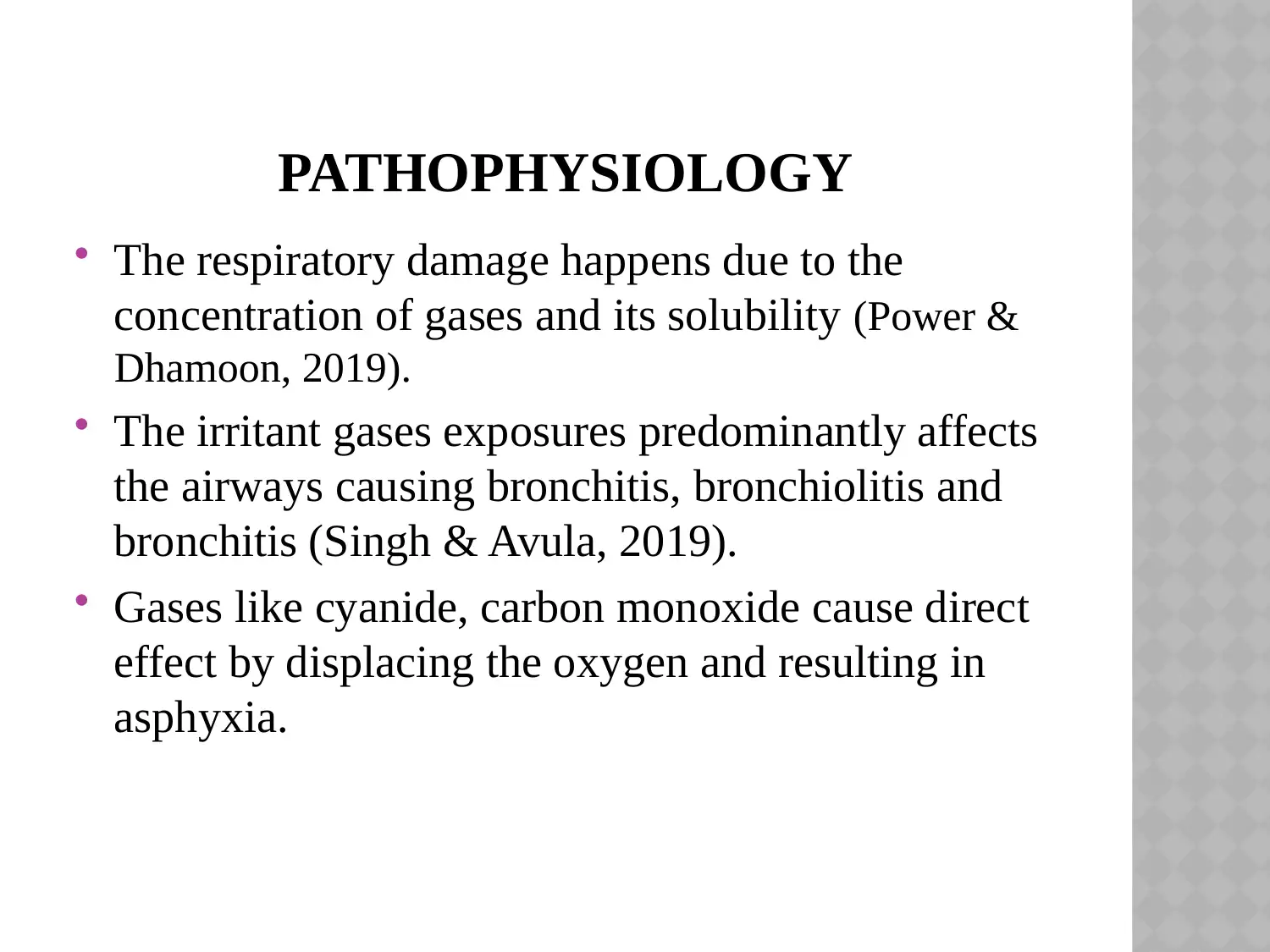
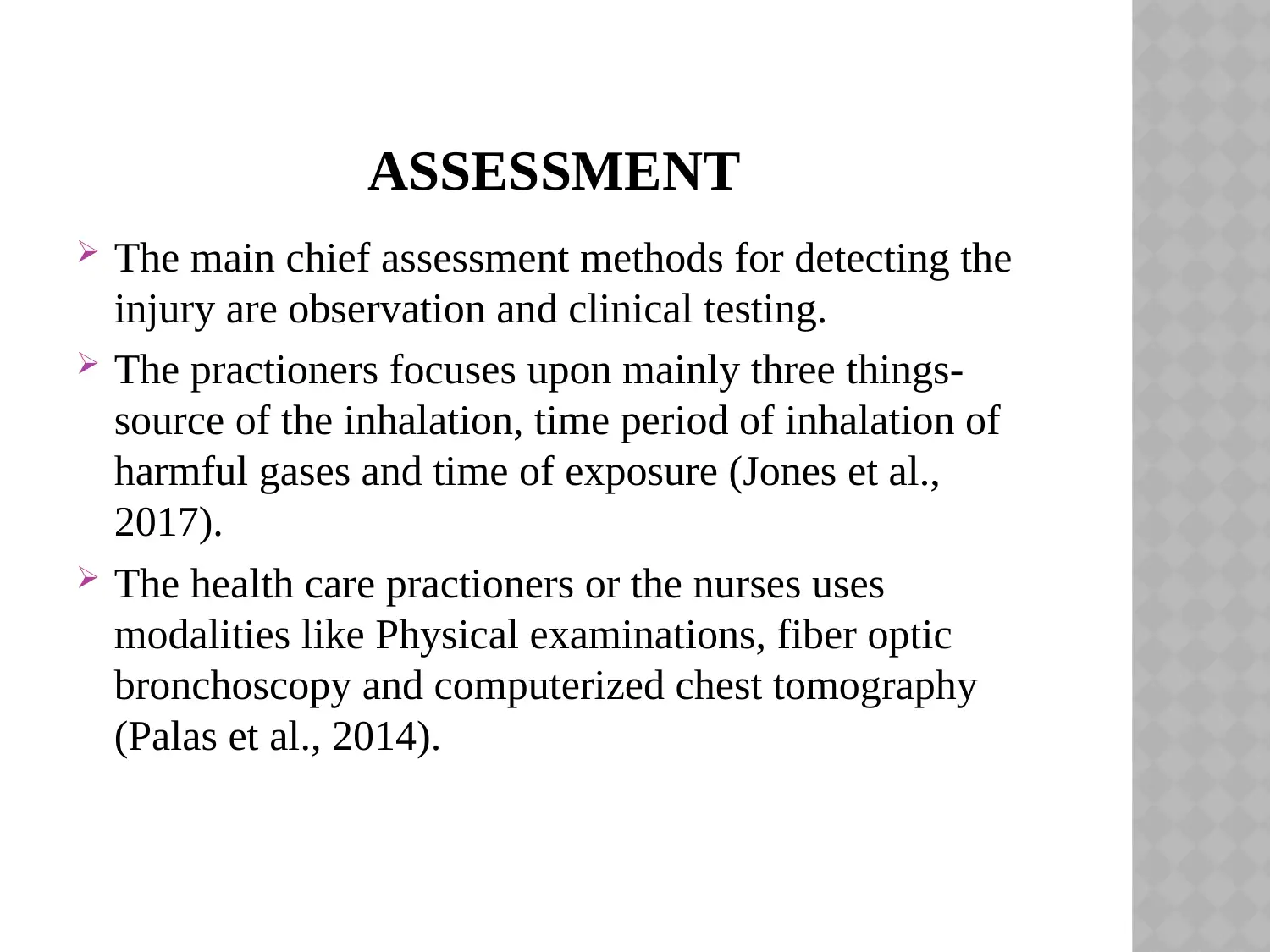
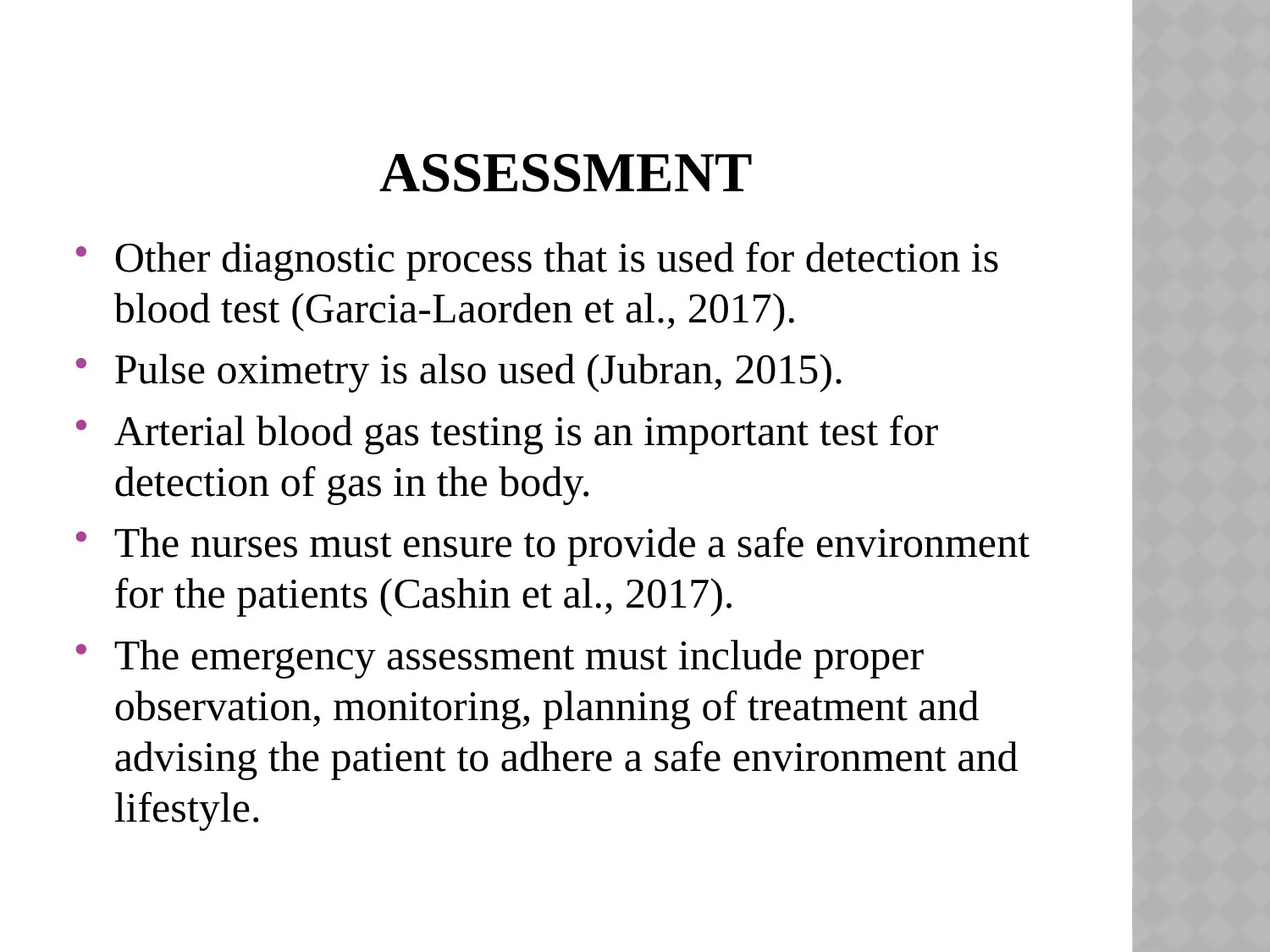
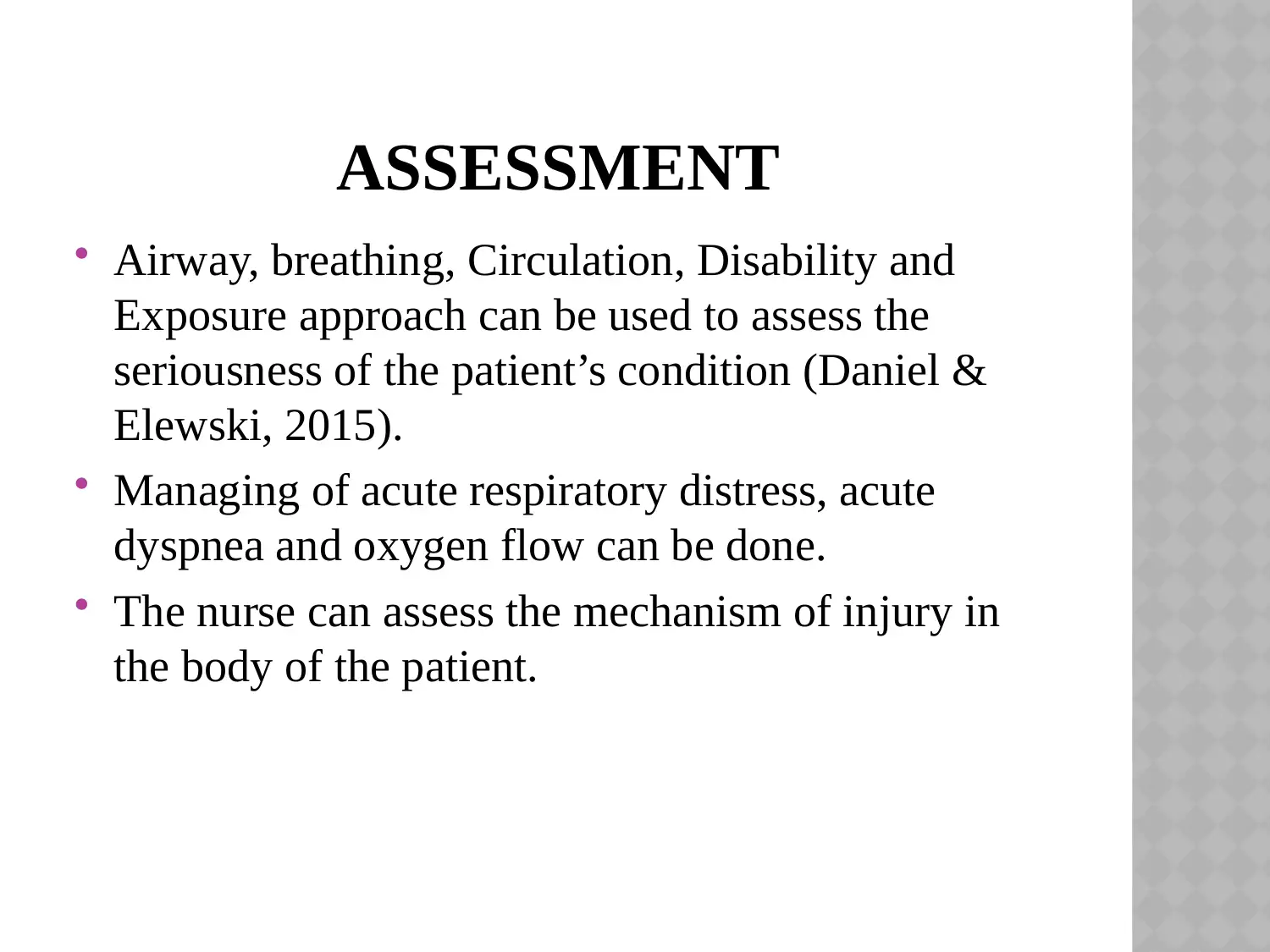
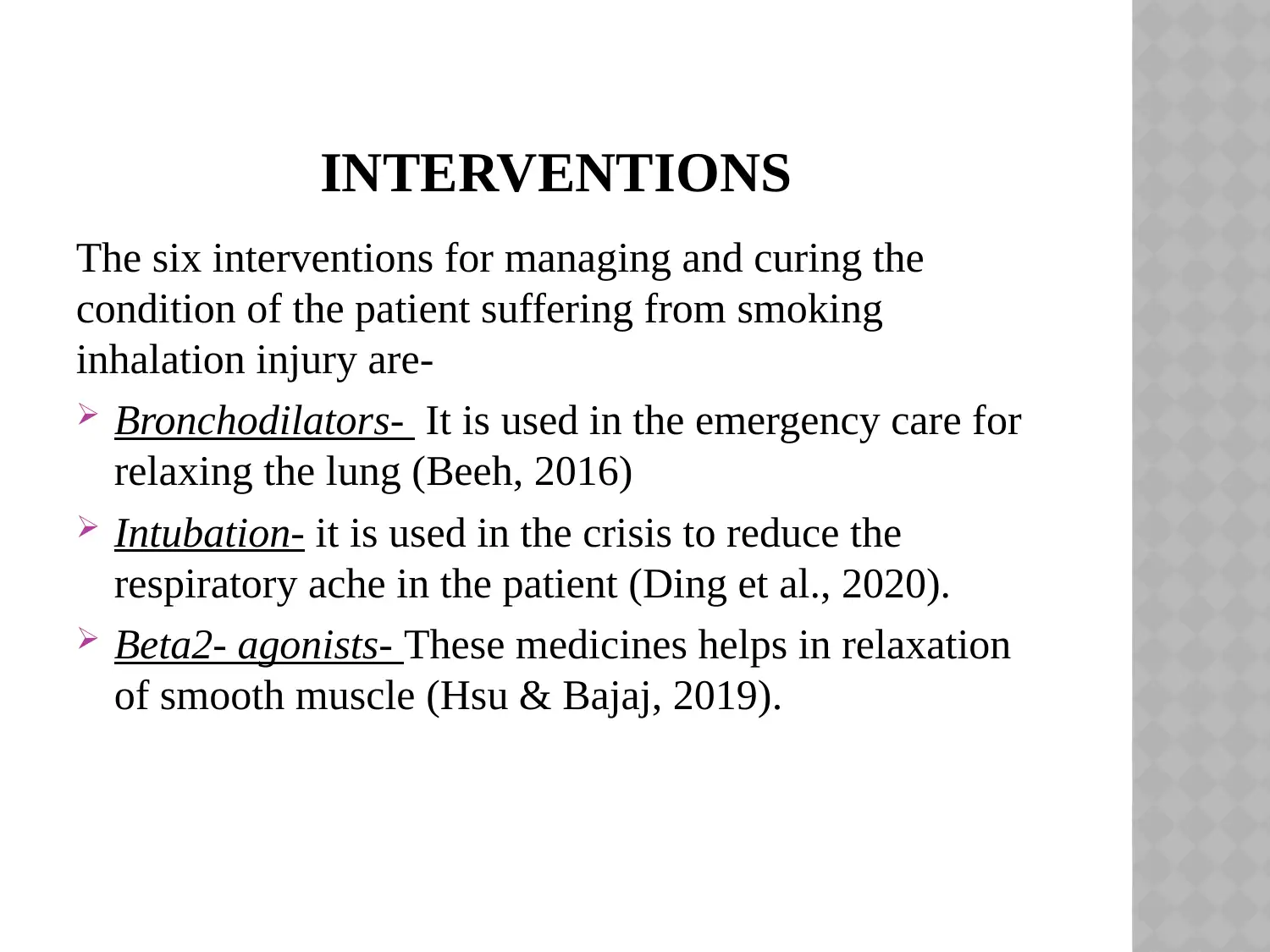
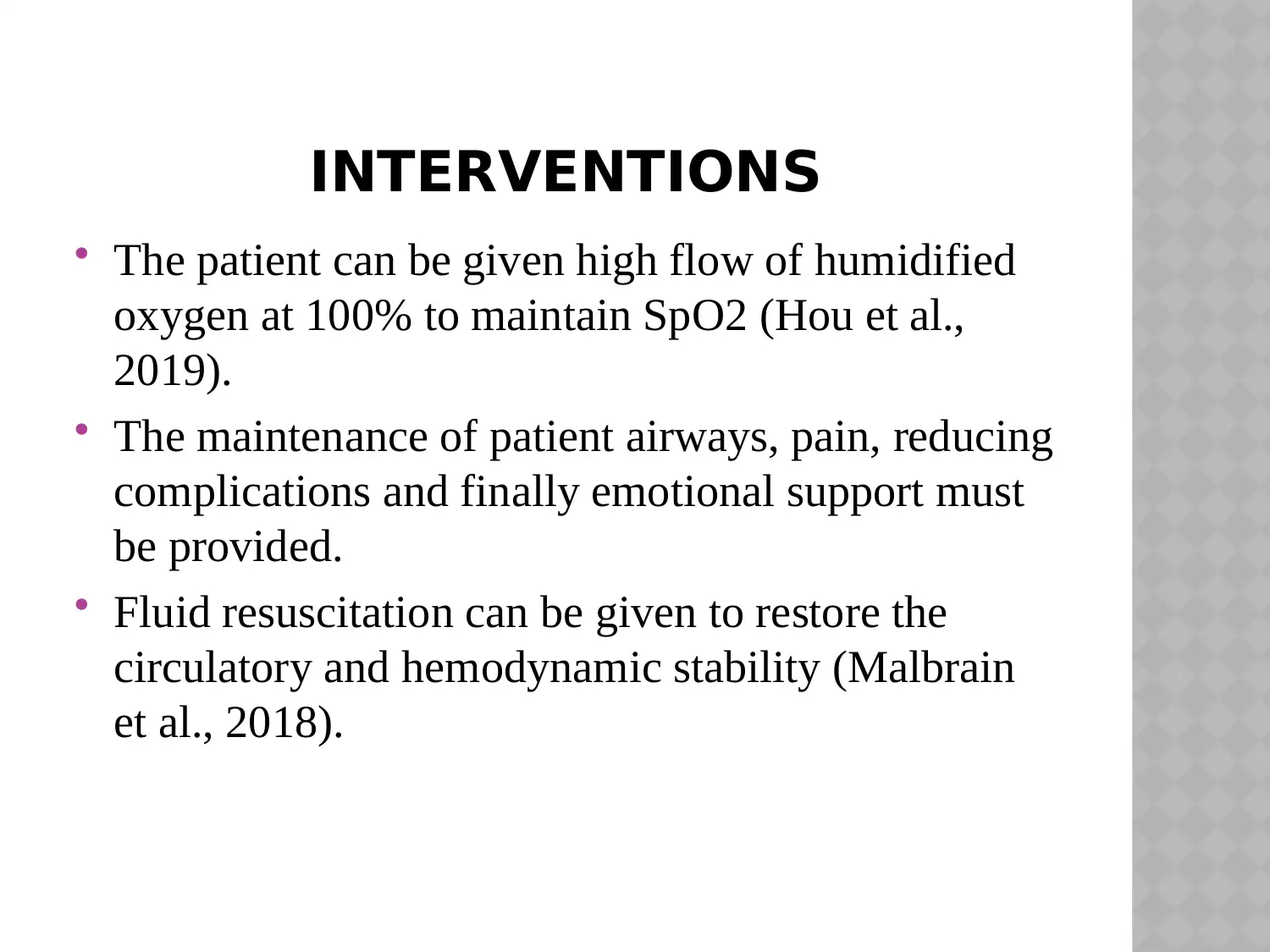






![[object Object]](/_next/static/media/star-bottom.7253800d.svg)